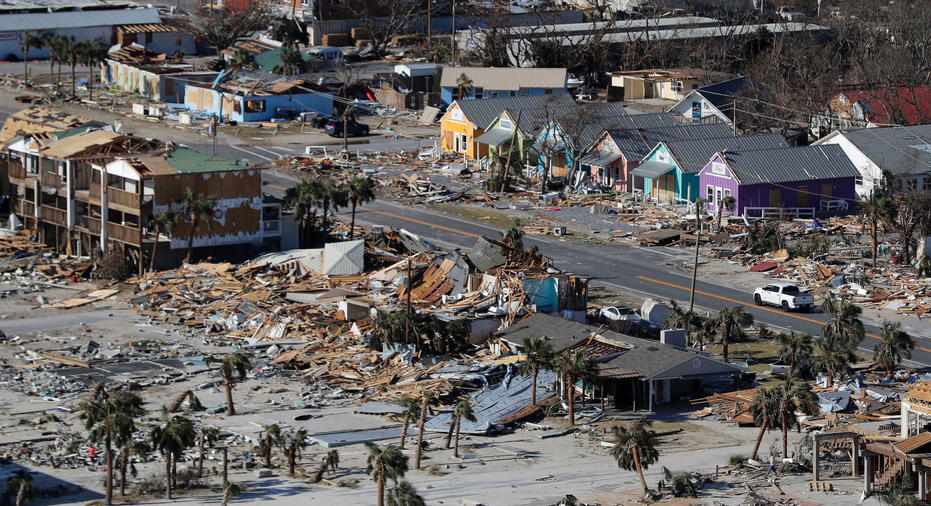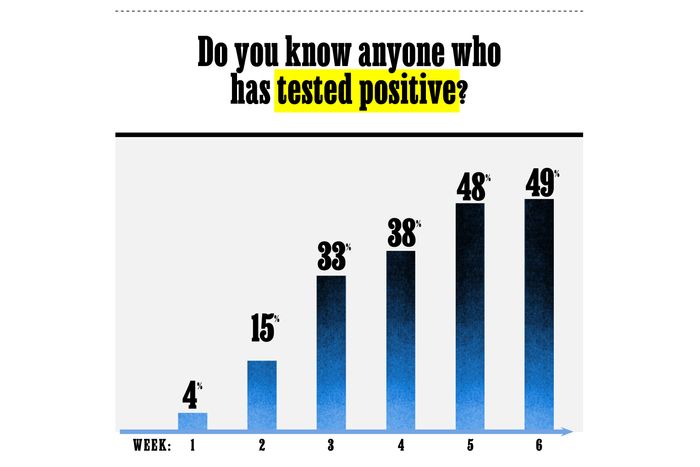

That’s the case with any respiratory illness, not just COVID,” he said. “The critical factor is when people are in an indoor space that’s poorly ventilated, there’s going to be a higher risk of infection. Aaron Glatt, chair of the department of medicine at Mount Sinai South Nassau Hospital in New York and the hospital’s lead epidemiologist and infectious diseases chief, told Healthline. “It’s not what the temperature does, it’s what the temperature makes people do,” Dr. When it gets cold out, people spend more time indoors together, where COVID-19 transmission risk is higher. Simply put, when it’s warm out, people spend more time outside, where disease transmission is limited. Human behavior, researchers said, remains the biggest factor in the spread of COVID-19. “Temperature and humidity is not much of a factor,” Niyogi told Healthline. The new research runs counter to that speculation.

It seems like that’s the case,” President Donald Trump said at the time. “Maybe this goes away with heat and light. Department of Homeland Security issued a report suggesting that increased summer temperatures, humidity, and sunlight could present a barrier to COVID-19 transmission. “In terms of relative importance, weather is one of the last parameters.” “The effect of weather is low and other features such as mobility have more impact than weather,” said Dev Niyogi, PhD, a professor at UT Austin’s Jackson School of Geosciences and Cockrell School of Engineering who led the research. Researchers at the University of Texas at Austin say the novel coronavirus spreads with about the same efficiency regardless of air temperature and humidity. They note that adhering to these safe practices can reduce COVID-19 transmission as well as risk of the flu.They say human behavior such as mask wearing and physical distancing are much better factors.Researchers say weather and temperature seem to have little impact on transmission of the novel coronavirus that causes COVID-19.Share on Pinterest Researchers say human behavior such as mask wearing and physical distancing are more important factors in determining how easily the novel coronavirus spreads.


 0 kommentar(er)
0 kommentar(er)
